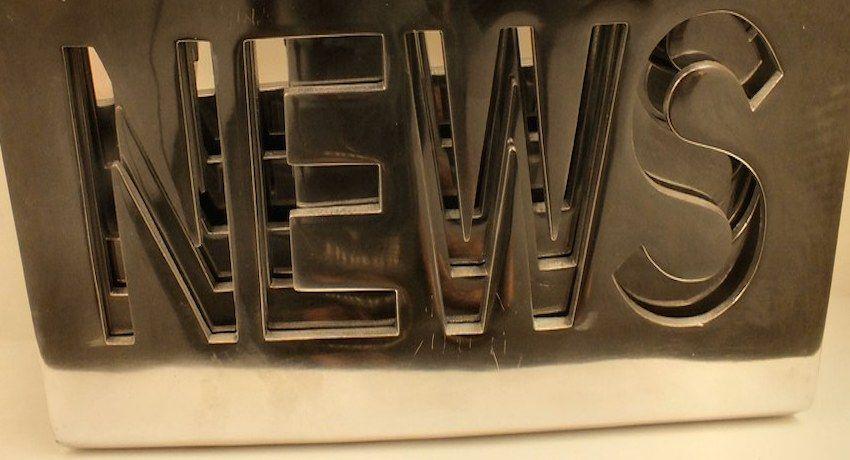
Guerlain gets its lipstick trade mark
Back in 2018, Guerlain filed a trade mark application with the European Intellectual Property Office (EUIPO) for the 3D shape of its “Rouge G de Guerlain” lipstick’s shape, reminiscent of a ship’s hull or a baby’s bassinet (we are sure some of you readers will recognise it by these comparisons alone).
The application was rejected at first by the EUIPO who considered that the shape in question lacked distinctiveness in comparison to other lipsticks which might appear next to it in shops where you may find lipsticks. Unsurprisingly, Guerlain appealed the decision, arguing that while the shape was obviously that of a lipstick, it was still sufficiently distinctive to generate an impression on the consumer.
The General Court of the European Union agreed with Guerlain’s arguments, stating that originality of the shape was not the central elements of the assessment of a 3D shape: a new shape can generate distinctiveness without being outlandish. In the case of “Rouge G de Guerlain”, it considered that the shape in question was uniquely recognisable, to the point that the average consumer (of cosmetics products) would naturally associate it with Guerlain upon seeing it in a shop. And at the end of the day, this is what trade marks are for, be it a name, a logo or a shape.
One step closer to the European Unified Patent Court
On to a slightly dryer – though no less interesting – topic. EU member states have been talking about setting up a Unitary Patent for the EU for decades, and we may be getting closer to finally achieving this goal.
As a reminder, patents are territorial in nature: they are only protected in the territories in which they are protected, which can be a problem for a single market such as the EU, in which a patented product may be protected in one country of the market (because it was registered there) but not in another. Furthermore, this means that patents are national as such: the same invention patented in Germany and Greece will be protected in reality by two different patents registered in Germany and in Greece, subject to the applicable law of these two countries, which may differ in how to interpret its clauses, what constitutes infringement, etc…
While there exists the European Patent delivered by the European Patent Office (which is not an EU institution), once granted in reality it turns into a bundle of national patents. The Unitary Patent (which would be a EU legislative tool) is a solution which would seek to create one single patent protected in all member states participating in the scheme, under the jurisdiction of a newly created “Unified Patent Court” (UPC). Should it be successfully set up, it would put an end to costly parallel litigation and enhance legal certainty as to whether a patent is valid and enforceable across the EU: the Unitary Patent would be valid in all participant countries and one single court would be the competent body to interpret and enforce it.
Unsurprisingly, the setting up of this new institution has proved mightily difficult, with EU Member States disagreeing on where the court should be, what the working language should be, questions of substantive law… Therefore, as EU member states tend to do, they compromised, coming up with a protocol for the launch of the UPC. This protocol will come into effect once at least 13 EU member states have ratified it: with Germany’s ratification last month, we have now reached the almost magic number of 12. Austria is expected to ratify the Protocol in the coming months, which may very well mean that a European Unified Patent could become a reality – after years of waiting – at some point during the year 2022.
Details
- Publication date
- 7 October 2021
